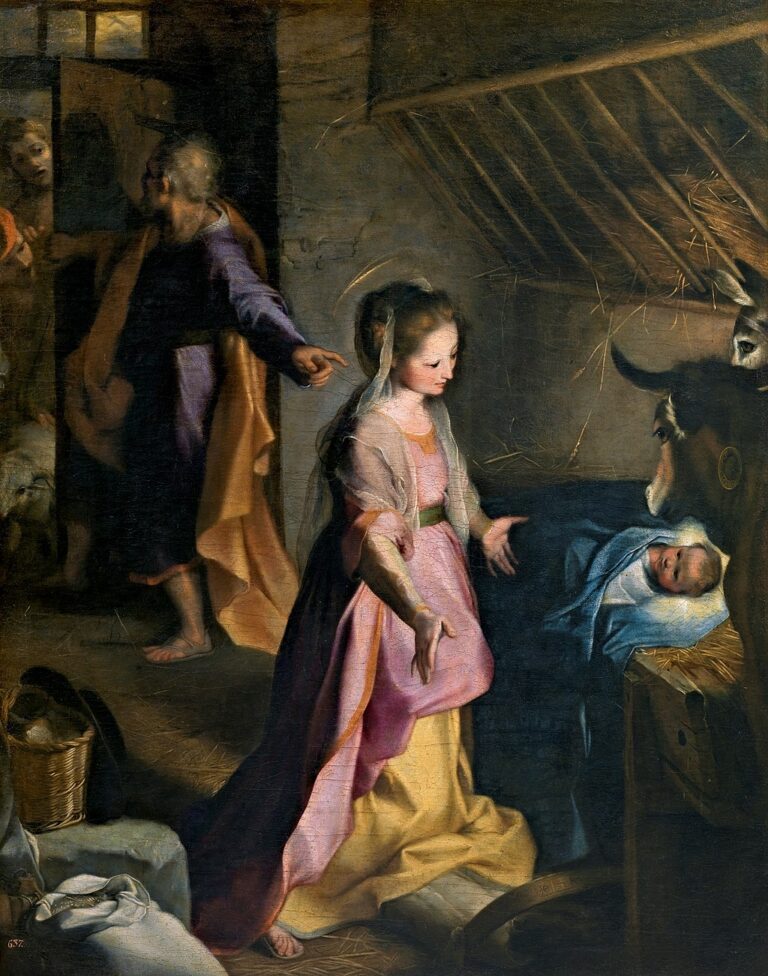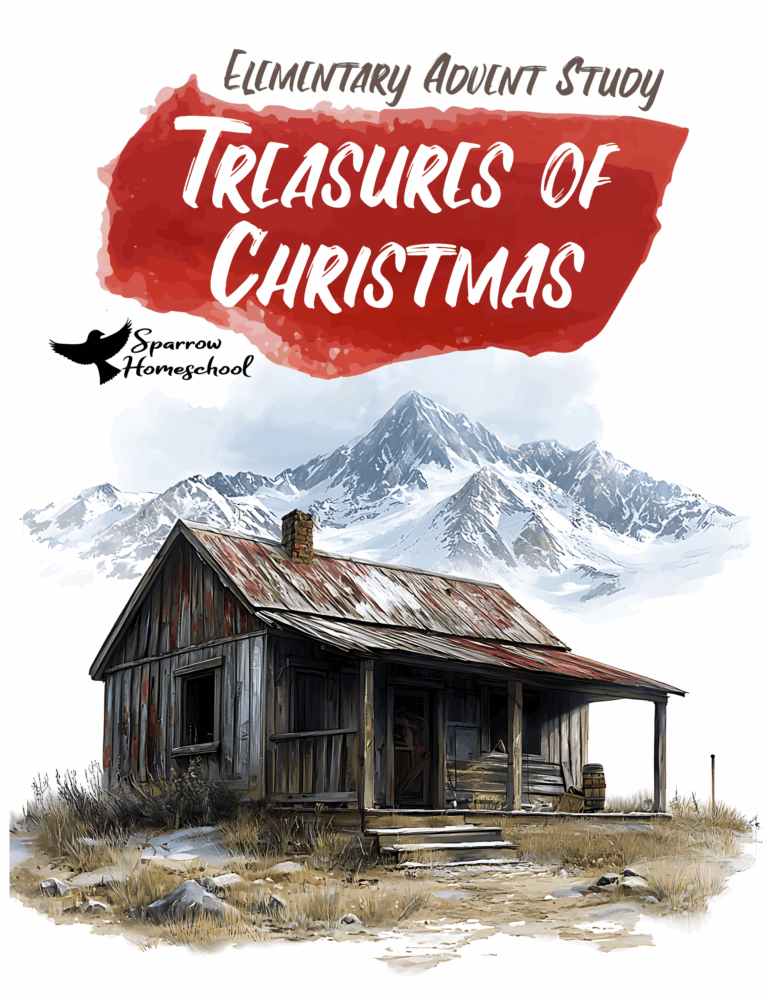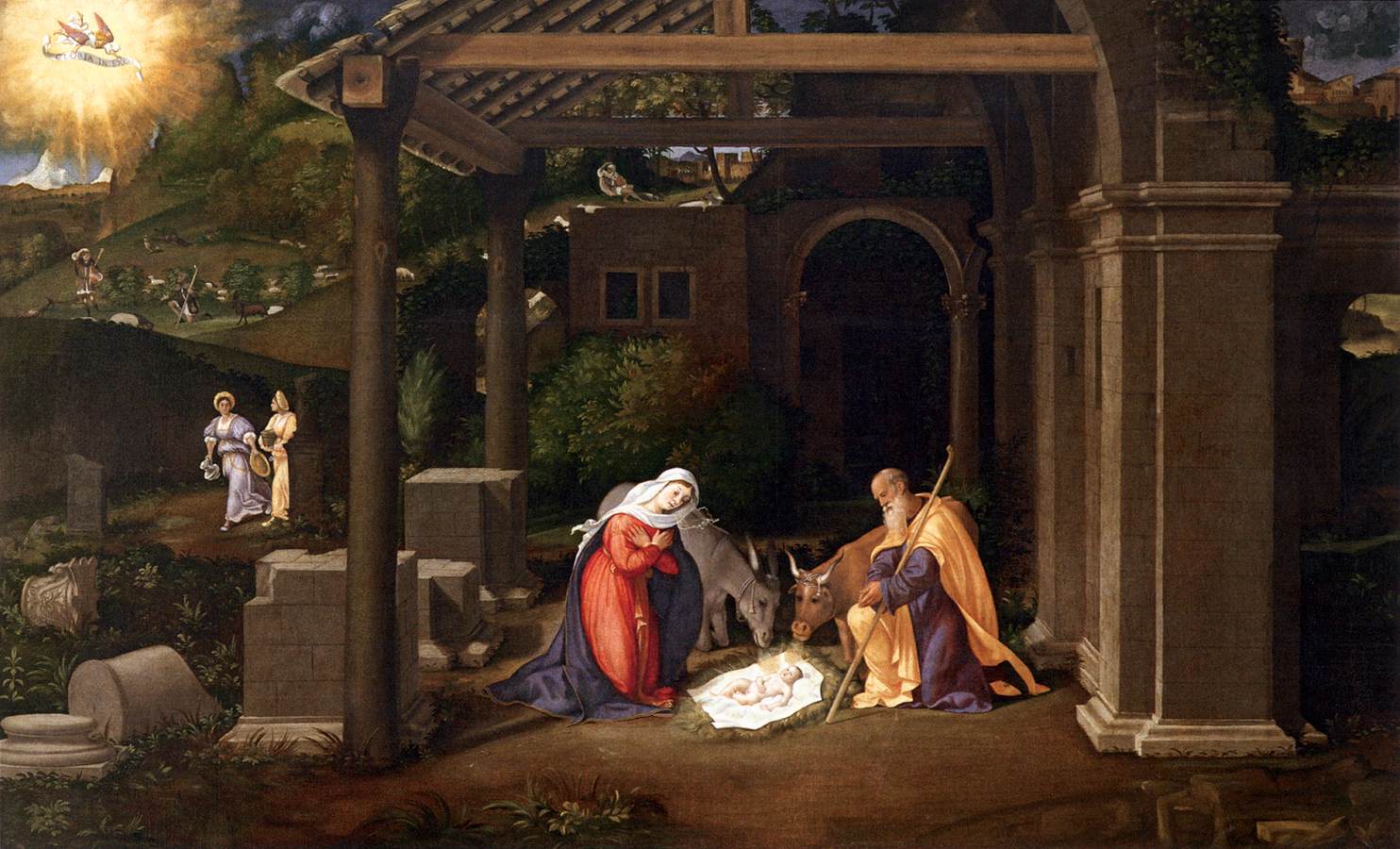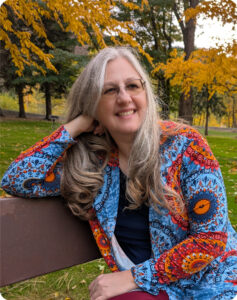The Christmas season can feel like a wild ride—combining cozy traditions like crafts and cookies with holiday prep and dodging crowded stores. It’s easy to get wrapped up in the chaos and lose sight of the why behind it all. What if we slowed down? What if we made Advent the quiet heartbeat of our Christian year instead of just a countdown to Christmas? What if we reclaim this space to remember God’s rescue plan from Creation to Jesus? Advent is a time of patient hope—inviting us to prepare our hearts for Jesus—His birth, His presence now, and His Second Coming. Let’s look a little closer at why Advent matters so much and how we can bring it to life.
Advent means “coming” or “arrival,” from the Latin word adventus. It celebrates Jesus arriving as a baby, living in us through the Spirit, and one day coming back as King (Second Coming)¹. This isn’t just a New Testament idea—it’s the thread weaving through the entire Bible. God’s rescue plan starts in Genesis 3:15 and continues through the Biblical patriarchs and prophets up to the manger. From the moment God first spoke creation into being, the world has been waiting and leaning toward Jesus, the Second Adam who restores what the first lost (Romans 5:12-21). Advent invites us to linger, reflect on the story of Jesus and what he’s done for us, deepen our walk with Him, and hope for his return.

Advent Traditions
Advent begins the fourth Sunday before Christmas, usually late November. Many families light a candle on an evergreen wreath on the Sunday of each week of Advent, symbolizing hope, peace, joy, and love.² ³ Advent encourages us to pause our busy lives and add a gentle rhythm to help us intentionally focus on Jesus. Advent rituals don’t just mark the days—they gently mold us. Studies show that when children take part in meaningful traditions, it helps shape how they understand big spiritual ideas—like who God is and what it means to wait on Him.⁴ These rituals also give children a sense of security, identity, and meaning.⁵ When we read through Scripture day after day during Advent, year after year, we aren’t just repeating the same stories over and over. We are shaping young minds bit by bit and teaching them how to wait, worship, and hold onto hope.⁶ Advent shows how every story in the Bible, from Creation to the New Testament, all point to Jesus.

Homeschooling Advantage
As we consider how to best prepare our hearts and our children’s hearts for Advent, homeschooling families have a distinct advantage because they are able to custom-tailor their holiday season. This is an excellent time to set aside standard school, or keep it minimal, while adding in a unit study or holiday activities that delight children in a special way and ignite curiosity—and a desire to draw closer to their Creator. Carefully chosen morning baskets or unit studies are perfect for this!

Charlotte Mason
Morning baskets were first inspired by Charlotte Mason (1842-1923), who revolutionized education with methods still cherished today. Charlotte Mason focused on “living ideas” through engaging, story-driven learning, art, and nature studies to spark wonder and connect children to God’s creation (Mason 172-173).⁷ Her methods were designed to help families foster faith and curiosity for a Christ-centered education.⁸ Her vision of learning as a joyful, heart-deepening journey sets the stage for tools like morning baskets and unit studies that bring Advent to life.
Morning Baskets
Morning baskets are a wonderful way to begin your day together as a connected family. The first 30-45 minutes of each day is read-aloud family-style learning full of Scripture, hymns, art, living books, or nature sketches. Morning baskets change hectic mornings into peaceful routines, fostering family bonds and a positive mindset through shared activities like seasonal songs and picture study.⁹ For Advent, materials carefully selected for morning basket time can help keep the season focused on Jesus.
Unit Studies
Another great way to dive into Advent is with Christmas unit studies. These weave together Scripture, art, history, and nature, making learning come alive. Kids get excited connecting ideas across subjects, like finding Switzerland on a map, studying alpine flowers, reading stories, and doing a picture study of snowy Alps to bring the Christmas story to life. Unit Studies work well for all ages, draw the family together, and keep everyone engaged.¹⁰ ¹¹ Apologetics-focused unit studies add depth, helping kids defend their faith and see the Bible as living, active, and relevant today.

Art in Homeschooling
Building on the creative spark of unit studies, art plays an important role in morning baskets and homeschooling. Charlotte Mason believed that children needed “living ideas” instead of just facts. She wrote in A Philosophy of Education that great art truly fills children’s minds with “galleries of mental pictures,” sparking wonder and love for beauty that reflects God’s creativity (Mason 43).⁷ She encouraged children to study art by looking at it closely—no heavy lectures—just a quiet observation of a few quality pieces of art, letting children form their own connections. For Advent, this means sharing a Baroque Nativity painting or a Romantic winter landscape and asking simple questions like “What do you notice? How does it make you feel?” (Mason 278-279).⁷ This invites children to think about the awe of religious scenes or God’s artistry in creation. As children study and talk about what they see, it deepens their reverence for the Creator.
Living Books
Just as art stirs the heart, Charlotte Mason’s “living books” bring stories to life, making them ideal for Advent. Mason believed that children learn best from living books—story-driven, engaging books written by passionate authors that invite children into the story itself. These books spark imagination and empathy, helping kids connect emotionally with big ideas like forgiveness and redemption.⁸⁺¹² Unlike textbooks, living books don’t just present facts—they draw children into the author’s enthusiasm and the narrative, fostering a love for learning and helping build moral character as children wrestle with the choices and lessons in the story. For Advent, living books can tie Biblical themes to children’s hearts and prepare them to connect with Jesus in a personal way.

New Treasures of the Snow: Homeschool Advent Study
To bring all of these ideas together, Sparrow Homeschool’s new Treasures of Christmas: Homeschool Advent Study, paired with Patricia St. John’s novel, Treasures of the Snow, invites your family into the heart of Advent. Starting four Sundays before Christmas, daily lessons guide you to slow down and focus on Jesus’ birth, presence, and return. Each begins with Scripture, weaving in apologetics to deepen faith. Baroque and Romantic art, paired with thoughtful questions, connects to Advent’s themes of hope and joy. Weekday lessons feature novel readings set in Switzerland, complemented by a country study and geography activities. An author biography ties the novel’s themes of forgiveness and redemption to Patricia St. John’s inspiring life.
This 150-page, full-color, spiral-bound book fits perfectly into morning baskets or unit studies, with lessons taking 30-45 minutes. Weekend activities are shorter, optional, and focus on Scripture and art. For families on the go, our 100-page Advent Devotional simplifies things with Scripture, novel excerpts, art, and light apologetics. The Elementary Advent Study offers the same rich content in simpler language for younger kids. Add-ons like coloring books and daily ornaments make it even more special. Visit Sparrow Homeschool for samples or to grab your copy in November, and let’s journey to the manger together!



Use this Coupon Code for 20% off Christmas Materials!
CHRISTMAS 20
Article Works Cited
¹ Crosswalk. “What Is Advent? History, Meaning & How to Celebrate.” Crosswalk, 2023, www.crosswalk.com/special-coverage/christmas-and-advent/what-is-advent.html. Accessed 12 Oct. 2025.
² Focus on the Family. “What Is Advent All About?” Focus on the Family, 2024, www.focusonthefamily.com/parenting/what-is-advent-all-about/. Accessed 12 Oct. 2025.
³ Catholic Culture. “What is Advent?” Catholic Culture, n.d., www.catholicculture.org/culture/liturgicalyear/activities/view.cfm?id=973. Accessed 12 Oct. 2025.
⁴ Mathiassen, Anna, and Mark Nielsen. “The Role of Ritual in Children’s Acquisition of Supernatural Beliefs.” Religions, vol. 14, no. 6, 2023, https://www.mdpi.com/2077-1444/14/6/797. Accessed 12 Oct. 2025.
⁵ “Advent: A Great Way to Teach Kids the Joy of Anticipation.” U.S. Catholic, Dec. 2023, https://uscatholic.org/articles/202312/advent-a-great-way-to-teach-kids-the-joy-of-anticipation. Accessed 12 Oct. 2025.
⁶ Wallace, Ashley Tumlin. “Why the Liturgical Year Shapes Us More Than the Secular Calendar.” AshleyTumlinWallace.com, https://www.ashleytumlinwallace.com/post/why-the-liturgical-year-shapes-us-more-than-the-secular-calendar. Accessed 12 Oct. 2025.
⁷ Mason, Charlotte M. A Philosophy of Education. Charlotte Mason Research Company, 1989, www.amblesideonline.org/cm-vol6-complete.html. Accessed 12 Oct. 2025.
⁸ Charlotte Mason Institute. “Living Books.” Charlotte Mason Institute, 2024, charlottemasoninstitute.org/living-books/. Accessed 12 Oct. 2025.
⁹ A Gentle Feast. “Morning Time: The Key to a Peaceful, Productive Homeschool Morning.” A Gentle Feast, 2023, agentlefeast.com/morning-time-the-key-to-a-peaceful-productive-homeschool-morning/. Accessed 12 Oct. 2025.
¹⁰ Homeschool ThinkTank. “Make Every Season a Learning Adventure with Unit Studies.” Homeschool ThinkTank, 2023, homeschoolthinktank.com/homeschool-unit-studies/. Accessed 12 Oct. 2025.
¹¹ Unit Study Ideas. “7 Benefits of Homeschooling with Unit Studies.” Unit Study Ideas, https://unitstudyideas.com/benefits-of-homeschooling-with-unit-studies/. Accessed 12 Oct. 2025.
¹² Manning, Colleen. “Toward a Definition of a Living Book.” AmblesideOnline, https://amblesideonline.org/art-definition. Accessed 12 Oct. 2025.
Main Image: Andrea Previtali, Public domain, via Wikimedia Commons

